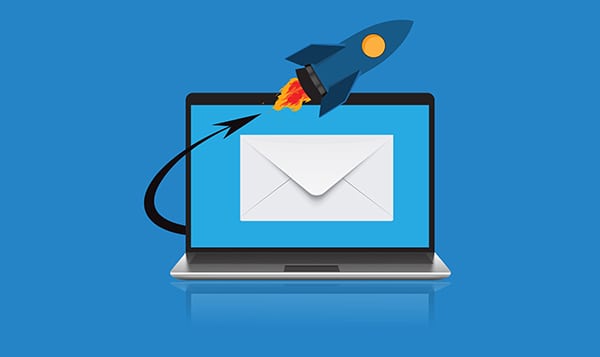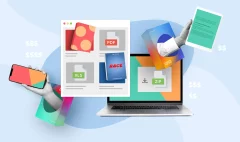How can I avoid using too much self-promotion in my email copy?
How can I avoid using too much self-promotion in my email copy?
Self-promotion is a marketing tactic used to promote oneself or one’s product or service. It can be a powerful way to get your message across and to build credibility and trust with your target audience. However, too much self-promotion can turn people off and make them less likely to engage with your content. In this article, we will discuss how you can avoid using too much self-promotion in your email copy and create content that is engaging, informative, and effective.
Understand your audience
Before you start writing your email copy, it is important to understand your audience. Who are they? What are their pain points and challenges? What do they need from your product or service? By understanding your audience, you can create content that speaks directly to their needs and interests.
If you’re sending an email to a new customer, for example, you may want to focus on introducing yourself and your business, rather than on promoting your products or services. On the other hand, if you’re sending an email to an existing customer, you may want to focus on providing helpful tips or advice that will help them get the most out of your products or services.
Use the 80/20 rule
The 80/20 rule is a common marketing principle that suggests that you should focus 80% of your content on providing value to your audience and 20% on promoting your products or services. This means that in every email you send, the majority of your content should be educational, informative, or entertaining, while only a small portion should be promotional.
For example, if you run a fitness studio, you could send an email with workout tips, healthy recipes, and inspirational quotes (the 80%), and then include a short section about a new class or promotion (the 20%).
Be subtle with your promotions
When you do include promotional content in your emails, it’s important to be subtle about it. Instead of using aggressive sales language, focus on highlighting the benefits of your products or services and how they can help your audience.
For example, instead of saying “Buy our product now and save 50%,” you could say “Our product can help you save time and money. Click here to learn more.”
Use social proof
Social proof is a powerful marketing tool that can help you build credibility and trust with your audience. By including testimonials, reviews, or endorsements from satisfied customers in your email copy, you can show your audience that your products or services are effective and reliable.
For example, you could include a customer testimonial that says “I’ve been using this product for a month now and have already seen amazing results. I highly recommend it to anyone looking to improve their health.”
Personalize your emails
Personalization is another effective way to engage your audience and make your emails more effective. By using the recipient’s name, addressing their specific needs or interests, or including information that is relevant to their location or industry, you can create a more personalized experience that is more likely to resonate with your audience.
For example, instead of saying “Dear Customer,” you could say “Dear Jane,” or instead of sending a generic email about your products, you could send an email that is tailored to a specific industry or demographic.
Don’t oversell
One of the biggest mistakes you can make in your email copy is to oversell your products or services. If you’re constantly bombarding your audience with sales pitches and promotions, they are likely to tune out and stop engaging with your content.
Instead of focusing solely on making sales, focus on building relationships with your audience and providing them with valuable information that they can use to improve their lives or businesses. This will help you establish credibility and trust with your audience, which will ultimately lead to more sales











